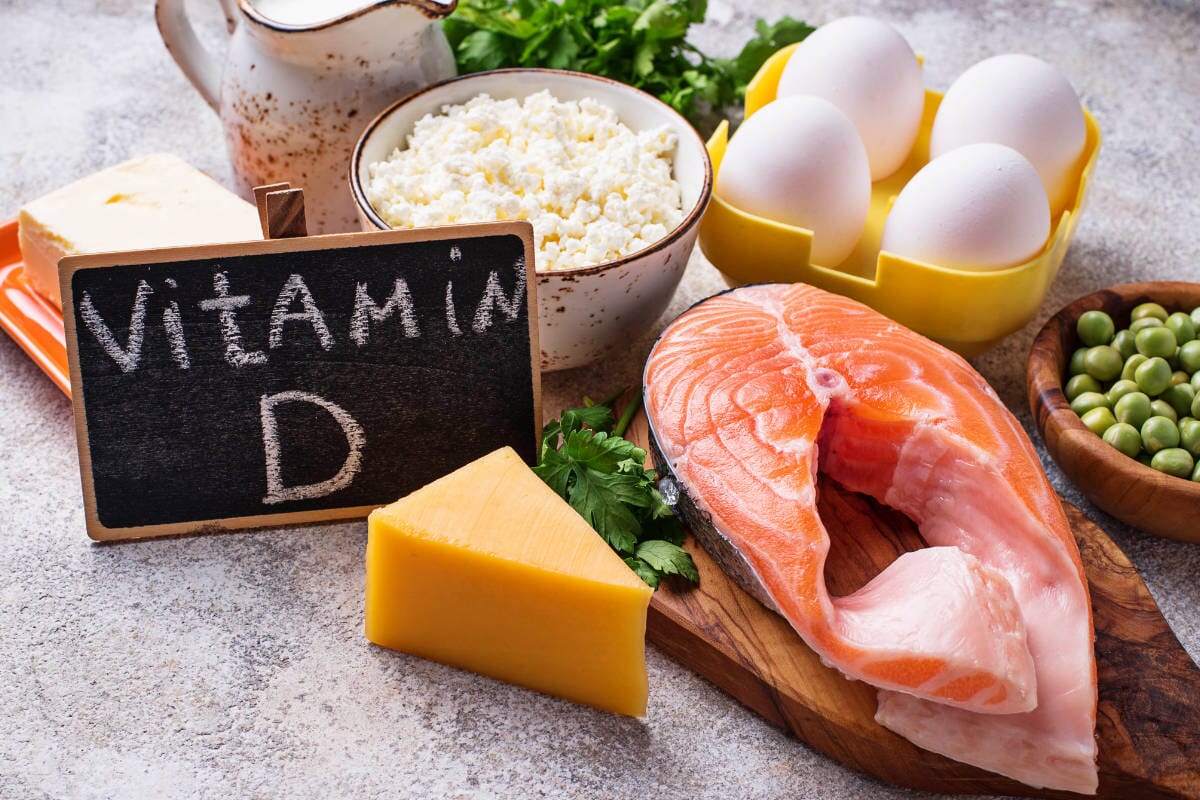Your Cart is Empty
FREE SHIPPING OVER $45 & RETURNLESS REFUNDS

Vitamin D is an essential nutrient that helps promote proper body functionality, from keeping your muscles moving to fighting off bacteria in your immune system. It also helps your body absorb calcium, which is essential for building and maintaining strong bones. But Vitamin D has many other benefits as well.
Vitamin D may help:
There are two basic forms of Vitamin D - Vitamin D2 and Vitamin D3. Vitamin D2 mainly comes from plants, while Vitamin D3 is only found in animal-sourced foods. Both forms of Vitamin D can help treat Vitamin D deficiency.
Approximately 35% of adults in the United States have a Vitamin D deficiency, and it has become more common over the past few years. Lack of Vitamin D isn't always obvious in adults. However, some common symptoms of Vitamin D deficiency include:
You can get Vitamin D in three different ways: 1) through sun exposure, 2) eating foods high in Vitamin D, or 3) taking supplements.
When your skin is exposed to sunlight, it makes Vitamin D. The UV rays from the sun interact with a protein in your skin and convert that protein into Vitamin D. Regular sun exposure is the most natural way to ensure that your body is getting enough Vitamin D. As a good rule of thumb, try to get between 10 and 30 minutes of exposure several times a week.
There are few foods that naturally contain Vitamin D. However there are some foods that are fortified with the vitamin. It can actually be quite difficult to get enough Vitamin D in your body through your diet, so many people may look to supplements.
The Best Food Sources of Vitamin D:
Other Food Sources of Vitamin D:
**Talk to your healthcare provider before making any serious changes to your diet.
Let us know what topics you're interested in, and we'll do our best to include them in future blogs! Email us at info@toneshealth.com